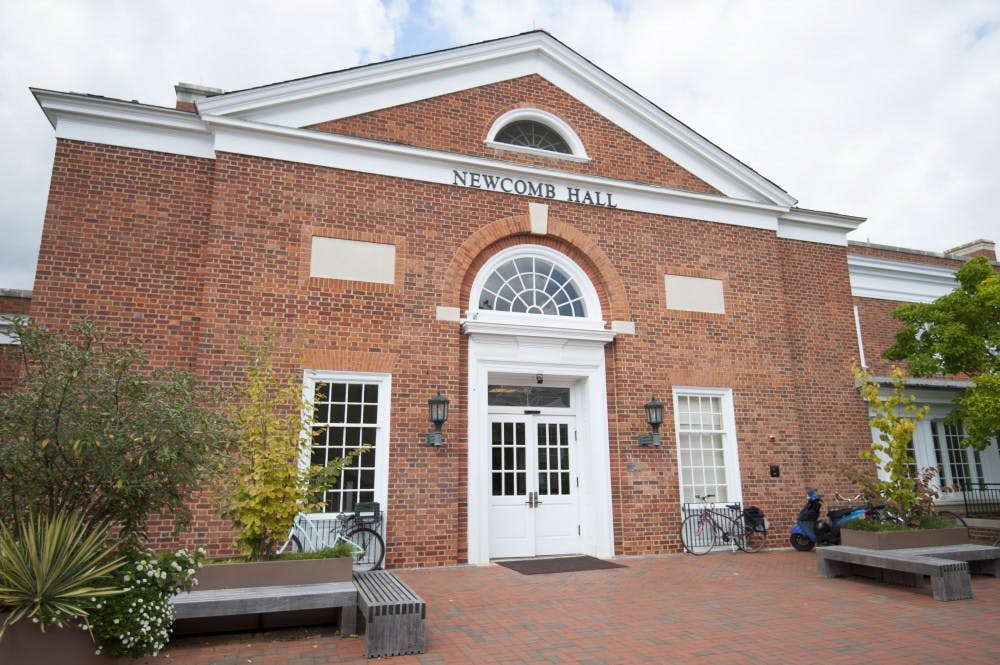Eight students hosted a forum Tuesday night to present and discuss a new initiative for a Multicultural Student Center on Grounds.
The student-led effort seeks to establish a multicultural center in Newcomb Hall to provide a safe space, collaborative environment and resources for students of diverse backgrounds.
The center would be comprised of an eight-member board to oversee five committees, in addition to student focus groups — which would consist of on-call student volunteers to aid the committees when necessary. Each board member would chair or co-chair one of these committees.
Multicultural Student Center Initiative Board Member Blake Calhoun, a fourth-year College student, said the initiative would fill current needs for a space conducive to supporting cultural diversity on Grounds.
“We think very highly of the [University], but we saw a gap between the rhetoric and a gap between the spaces that we have here on Grounds,” Calhoun said. “We know that this school is rich with culture, but it’s time that we show that. It’s time that we have a physical space that matches the things we’ve been saying.”
Conversation about creating the center began after an old flyer for the Kaleidoscope Center for Cultural Fluency surfaced, said MSCI Board Member Thomas Pilnik, a third-year College student. The Center for Cultural Fluency — now the Kaleidoscope Room on the third floor of Newcomb Hall — was initiated by the Class of 1996 and opened in 2004 to facilitate cross-cultural dialogue.
However, due to a lack of ownership or a consistent support network after the initial founders graduated, the Cultural Fluency Center was repurposed beginning in 2010. MSCI Board Member Gianfranco Villar, a fourth-year College student, said the prospective Multicultural Student Center would avoid these issues by providing a sustainable flow of resources and organizational support.
“There was nothing there to show [students] that [the Cultural Fluency Center] was a safe space,” Villar said. “It was a lounge, but there were no advisors, … no resources. What we envision is a space where students can find these resources, where students can [say], ‘This is a space for me where I can get the help I need.’”
The center, though involved in diversity support, will also reach out to more community members, Villar said. Collaboration in the center will focus on bringing together members of different cultural backgrounds, rather than just those of certain racial or national backgrounds.
“Culture is not just a national phenomenon,” Villar said. “There are a lot of different subcultures within U.Va. We’re not just looking at different nationalities, but we’re looking at different subgroups of people — the LGBTQ community, disabled students — and when we think about culture in that way, the [Multicultural Student Center] is a lot more inclusive.”
Pilnik said this is a large-scale project which will require the efforts of students and other community members not only to found the center but also to sustain its movement forward.
“Funding and finding a physical space are going to be the two [biggest challenges],” Pilnik said. “If we don’t get the necessary funding, we can’t really give a proposal [for the center]. Another issue will be finding a physical space: U.Va.’s not got a ton of space to just give away right now, [but] the need and the want are there.”
Students and faculty can become involved in the project by applying for a committee position or joining an on-call focus group via the Center’s website, www.MSCInitiative.com. Pilnik said the ultimate goal of the project is to represent as many voices from the cultural minority populations at the University as possible.







